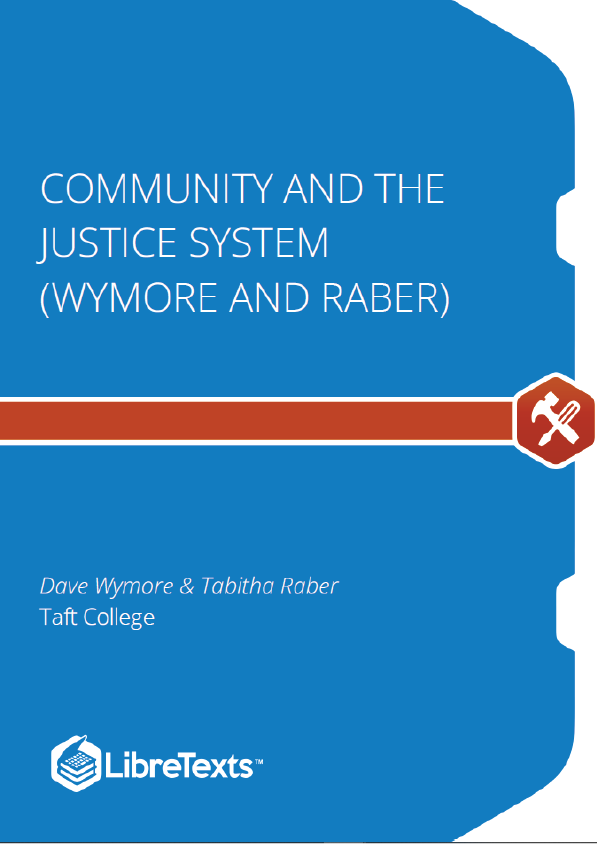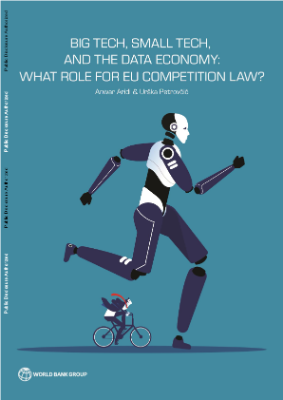The relationship between the American public and law enforcement, particularly its violent nature, has been under continual reexamination. Police-citizen violence and related concerns are prime topics of conversation wherever law enforcement professionals gather to discuss problems. Many police departments have made reviewing their use of force a top priority. Moreover, major civil rights organizations have made a priority of responding to police use of deadly force.
The dimensions of this issue reflect the amount of research and analyses devoted to it by criminal justice researchers and scholarly journals. In addition, even a casual reading of the Nation’s newspapers often yields accounts of confrontations between police and citizens over the use of deadly force in situations where racial and ethnic tensions create additional complications or difficulties. Television news programs sometimes provide dramatic supporting videos, graphically depicting the resulting tensions in a community.
Why has the relationship between law enforcement and citizens come under such scrutiny? One reason is the significant number of killings by and of police officers in recent years. A second factor is changes affecting municipal and civil liability, which have put cities and employees of local governments under greater legal jeopardy where use of force is applied.
Another important factor is a succession of court rulings placing more restrictions on police use of firearms, including the 1985 Supreme Court decision in (Tennessee v. Garner), which invalidated parts of many states’ rules for shooting at fleeing felons. Still another reason is the increasing primacy given to preserving life as a value underlying the concept of policing. There is also a movement to modernize and improve police work from within the profession itself, partly in reaction to the above incidents but also as a general response to larger changes in U.S. society.
Two premises underlie the approaches to policing discussed in this publication. One is that the police, by virtue of the authority that society vests in them, have overarching responsibility for the outcome of encounters with citizens. This in no way ignores the fact that the police must deal with such groups as criminals, persons under the influence of alcohol and drugs, law-abiding citizens, and persons with mental impairment. The second and main premise is that good policing must take into consideration two equally important factors: the values on which a police department operates, as well as the practices it follows.
In addition to adopting a set of values, it is equally important that police departments clearly and publicly state those values. This sets forth a department’s philosophy of policing and its commitment to high standards for all to know and understand. To be significant, these values must be known to all members of the community as well as all members of the police department. In addition, a department’s values must incorporate citizens’ expectations, desires, and preferences. A department’s policies and practices flow from its values.
Police Departments and Community leaders must take into account that there are no philosophies or practices that will anticipate the entire range of human behavior that officers might encounter in the course of police work. It is also understood that, ultimately, the police officer’s judgment will be the deciding factor in most cases. However, enough relevant experience and information exists that officers can be given practical guidance that in many instances will help to avoid situations escalating to violence.











